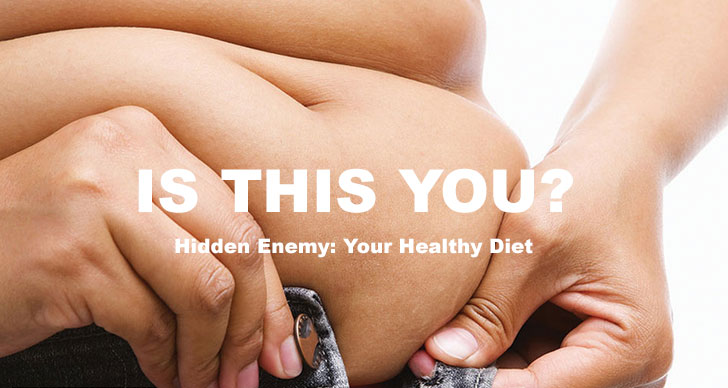
Part 1 Genetics, Genotyping and Gene Simmons
By some estimates almost 75 percent of adults in the United States begin a diet each year, and that doesn’t include those who attempt to lose a few pounds after vacations or holidays. If you toss in the folks who consider eating right a way of life, it would be difficult to find more than a handful of adults who aren’t interested in shrinking their waistlines at some point every year.
Rookie dieters often start by simply applying what they know. The jogging shoes are laced up, dusty workout DVDs are unearthed, and sometimes they just stop eating. The all-or-none principle is quite common among part-timers.
Statistically, we know that up to 98 percent of people who lose weight in our country gain it all back within two years.
Graduating from this annual ritual can lead to a magazine article or book. A typical first attempt at a structured diet is biased by current trends—whatever hot celebrities are hawking or the latest pseudo-medical plan. Branding companies know how to get your attention—the more extreme the better.
Statistically, we know that up to 98 percent of people who lose weight in our country gain it all back within two years. Failing at the first two stages discussed above leads many dieters to start looking for a permanent solution. That’s when they gravitate toward so-called experts and jump behind a specific theory with cultish fervor. It may be based on ostracizing a food group, such as a nothing-white principle—no processed or simple white starch; it may be a form of vegetarianism; and, of course, the various versions of the no-carb diet cycle through society as soon as we forget how painful and impractical they were when we tried them the first time.
As an author and consultant I have always faced a challenge trying to merge my philosophy that a one-size-fits-all way of eating is physiologically wrong with creating practical ways to apply it. Working with someone one-on-one is easy. We can look at family history, developmental history, dieting history and typical eating patterns and through the process of good old-fashioned scientific observation determine what works best for him or her based on genetics.
Of course, behavior and preference will determine how compliant people can be over time, but when they see results, feel great and finally understand what’s happening under their skin, it can be a liberating step toward permanent weight-loss success. How do you teach that in a book?
Ironically, this is the biggest trend right now. Writers and even doctors are scrambling to their blogs and publishers with simple questionnaires and grids. Plug your answers into the Web site, and you’re told exactly what your body needs; a custom diet can be yours for three low payments of.… Really? The questions typically center on the foods you like—can you trust that as a DNA test?
How about other physiological markers like blood type? I have sent clients for substantial food allergy testing, myself included, and it never matches up. Plus, the way your body tolerates food can be transitional; you can systematically desensitize your body to allergens— things your body recognizes as foreign and tries to fight—much of the time.
Even so, I believe that allergy testing and digestion are the real keys to dietary uniqueness. When I decided to get to the bottom of that controversy, I went for a substantial blood draw to test for hundreds of food and environment dietary allergens. Once we had those results—and please forgive any disturbing visuals this may conjure—I provided three days of sequential stool samples to be tested for incomplete digestion of specific food types. The foods I showed high reactivity to from IgE blood testing and digestion testing paralleled each other.
I’m not above bias, but I am a natural skeptic. I don’t try to connect dots that aren’t there; I try to disprove them. But separate testing showed that the foods I had the highest allergic reactions to were the foods my body didn’t digest well.
Allergic reactions occur on many fronts, one being the release of histamine. Recall ninth-grade biology: When bad things enter your body, an army of white blood cells goes to battle—a battle one hopes you win—and there’s a big cleanup process in which bodies are collected from the battlefield. All of this causes a cascade of reactions throughout your body, but what you feel can include swelling, fever, pain, achiness and lethargy. What if there is more to it? [STORY CONTINUES…]
















You must be logged in to post a comment Login